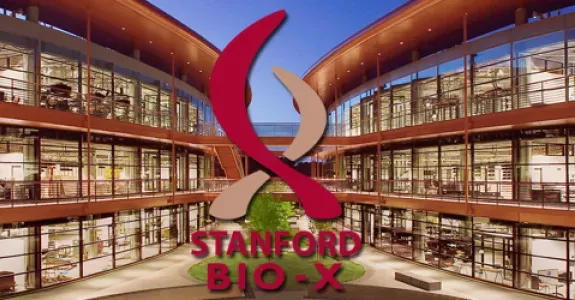
Welcome to the biweekly electronic newsletter from Stanford Bio-X for members of the Bio-X Corporate Forum. Please contact Dr. Hanwei Li, the Bio-X Corporate Forum Liaison if you would like to be added or removed from this distribution list, or if you have any questions about Stanford Bio-X or Stanford University.
Highlights
** On October 9, 2013, Bio-X celebrated the 10th Anniversary of the James H. Clark Center, the hub of Bio-X. Check out CLARK CENTER @ 10X as well as the Bio-X Timeline over the last 15 years!!
** Check out the article by Stanford President John Hennessy in the Nov/Dec 2013 issue of the Stanford Magazine on Bio-X and the Clark Center, "A Cauldron of Innovation".
Congratulations to Bio-X Director, Carla Shatz, on the Gruber Prize!
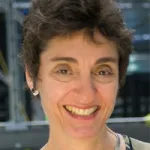 Carla Shatz, PhD, a Stanford University professor of biology and of neurobiology, was awarded the 2015 Gruber Foundation Neuroscience Prize for her work in understanding how brain signaling controls wiring and plasticity in the brain. Shatz will share the $500,000 prize with Michael Greenberg, PhD, a professor of neurobiology at Harvard. In her research, Shatz, who holds the Sapp Family Provostial Professorship in Neurobiology and the David Starr Jordan Directorship of Stanford Bio-X, has uncovered mechanisms that the brain uses to select which connections to either strengthen or prune back as brain circuits form. She also discovered that well-known proteins, previously associated exclusively with the immune system, play a role in this pruning process. To read more, please click here.
Carla Shatz, PhD, a Stanford University professor of biology and of neurobiology, was awarded the 2015 Gruber Foundation Neuroscience Prize for her work in understanding how brain signaling controls wiring and plasticity in the brain. Shatz will share the $500,000 prize with Michael Greenberg, PhD, a professor of neurobiology at Harvard. In her research, Shatz, who holds the Sapp Family Provostial Professorship in Neurobiology and the David Starr Jordan Directorship of Stanford Bio-X, has uncovered mechanisms that the brain uses to select which connections to either strengthen or prune back as brain circuits form. She also discovered that well-known proteins, previously associated exclusively with the immune system, play a role in this pruning process. To read more, please click here.
Bio-X Core Programs
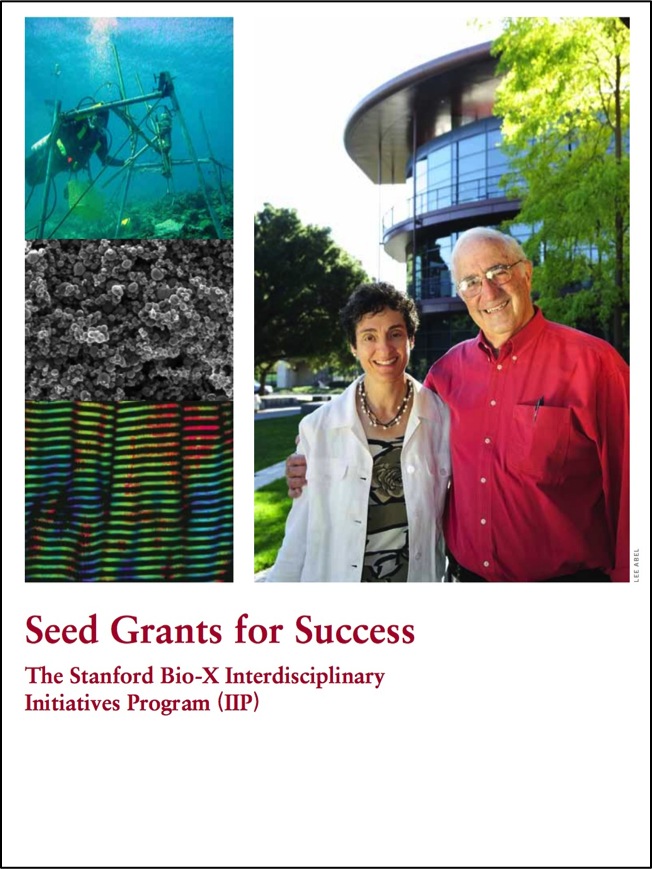 SEED GRANTS FOR SUCCESS - Stanford Bio-X Interdisciplinary Initiatives Program (IIP) SEED GRANTS FOR SUCCESS - Stanford Bio-X Interdisciplinary Initiatives Program (IIP)The Bio-X Interdisciplinary Initiatives Program represents a key Stanford Initiative to address challenges in human health. Currently, the IIP awards approximately $4 million every other year in the form of two-year grants averaging about $200,000 each. From its inception in 2000 through the beginning of the seventh round in 2014, the program has provided critical early-stage funding to 164 different interdisciplinary projects, involving collaborations from over 750 faculty members, and creating over 700 teams from six different Stanford schools. From just the first 6 rounds, the IIP awards have resulted in a 10-fold-plus return on investment, as well as hundreds of publications, dozens of patents filed, and most importantly, the acceleration of scientific discovery and innovation. 2014 is the start of the 7th round of the Bio-X IIP Seed Grants Program, and 22 newly awarded projects were selected from 142 Letters of Intent (LOIs)! This has been the largest number of LOIs that Bio-X has received. Please go here to check out the newly awarded projects. Competition was intense, and the selection criteria included innovation, high-reward, and new interdisciplinary collaborations. (To view the 142 other IIP projects that have been funded from the previous 6 rounds, please click here.) |
 Bio-X FELLOWSHIPS Bio-X FELLOWSHIPSEvery year, graduate students and postdoctoral scholars of Bio-X affiliated faculty are highly encouraged to apply for the Bio-X Fellowships, which are awarded to research projects that are interdisciplinary and utilize the technologies of different fields to solve different biological questions. Students are encouraged to work collaboratively with professors of different departments, thus creating cross-disciplinary relationships among the different Stanford schools. Our fellows have conducted exciting research, resulting in publications in high-impact journals and have been offered excellent positions in industry and academia. To date, with the 19 new awardees of 2014, Stanford Bio-X has a total of 173 Fellows. The winners of the 2015 PhD Fellowship program will be announced later on this year. You can view the numerous Fellowship projects that have been awarded over the years as well as oral presentations from previous symposiums here. |
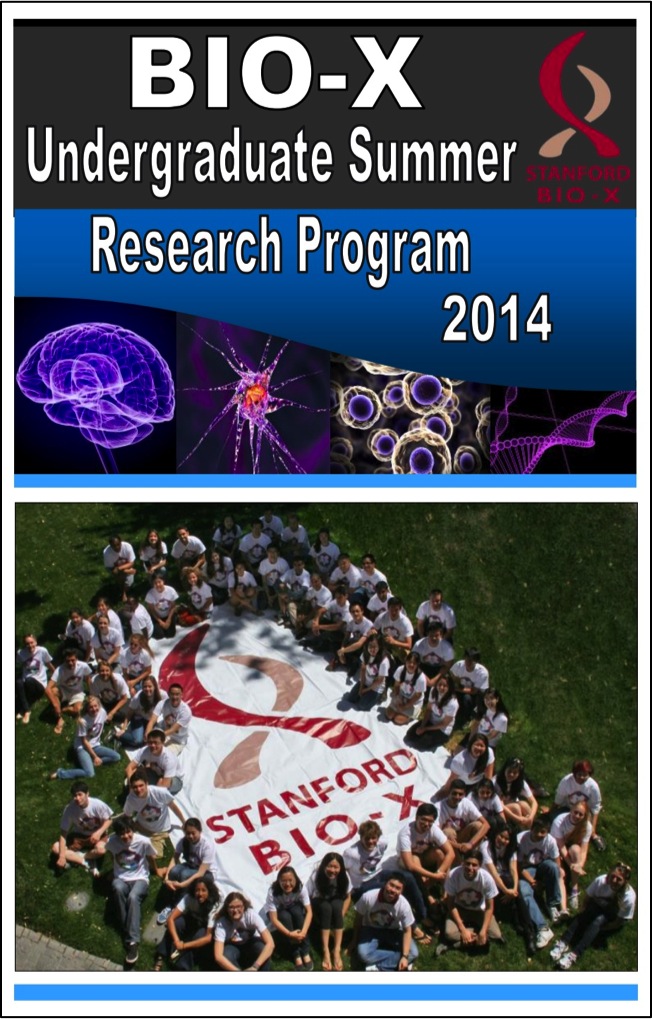 Bio-X UNDERGRADUATE SUMMER RESEARCH PROGRAM Bio-X UNDERGRADUATE SUMMER RESEARCH PROGRAMThe Bio-X Undergraduate Summer Research Program supports undergraduate research training through an award designed to support interdisciplinary undergraduate summer research projects. The program is an invaluable opportunity for students to conduct hands-on research, learn how to carry out experiments in the laboratory, and develop the skills to read and analyze scientific literature. This program is eligible to Stanford students who want to work in the labs of Bio-X affiliated faculty. To date, with 65 new awardees from the 154 applications submitted in 2014, 306 students have been awarded the opportunity to participate in the Bio-X Undergraduate Summer Research Program. The winners of the 2015 USRP will be announced very soon! Participating undergraduates are also required to present poster presentations on the research that they've conducted during the program. Please click here for title lists of past posters that our undergraduates have presented. |
We are cultivating and are highly successful in building meaningful collaborations with numerous corporate colleagues. New collaborations through our core programs are highly encouraged. To learn about how to get involved, please contact Dr. Hanwei Li, or Dr. Heideh Fattaey.
Bio-X also holds symposiums every year that highlight our core programs. The latest one was on February 25, 2015, where over 300 people attended Bio-X's latest Interdisciplinary Initiatives Seed Grants Program Symposium. There were 8 different oral presentations from faculty members who were awarded Bio-X Seed Grants on the progress that they have made with the funding towards their projects, as well as a packed poster session with 100+ research projects presented. Please stay tuned for future Bio-X symposiums that are coming up this year!
If you'd like to learn more about any of the projects that were presented during the entire symposium, please contact Dr. Hanwei Li with your questions.
News
 Fly-catching robot developed by Stanford scientists speeds biomedical research
Fly-catching robot developed by Stanford scientists speeds biomedical research
Bio-X Affiliated Faculty Mark Schnitzer
Project supported by Stanford Bio-X
Since the early 20th century, an unheralded star of genetics research has been a small and essentially very annoying creature: the fruit fly. Underlying every significant discovery from fruit fly research – and there have been many, relating to almost every aspect of our own biology – is daily, monotonous time spent by scientists toiling over plastic dishes of conked-out flies. Now a team led by Mark Schnitzer, an associate professor of biology and of applied physics, has introduced a solution to the tedium: a robot that can visually inspect awake flies and, even better, carry out behavioral experiments that were impossible with anesthetized flies. The work is described May 25 in the journal Nature Methods. "Robotic technology offers a new prospect for automated experiments and enables fly researchers to do several things they couldn't do previously," Schnitzer said. "For example, it can do studies with large numbers of flies inspected in very precise ways." The group did one study of 1,000 flies in 10 hours, a task that would have taken much longer for even a highly skilled human.
 Existing drug may treat the deadliest childhood brain tumor, Stanford-led study finds
Existing drug may treat the deadliest childhood brain tumor, Stanford-led study finds
Bio-X Affiliated Faculty Michelle Monje
For the first time, scientists have identified an existing drug that slows the growth of the deadliest childhood brain tumor. The drug restricted the tumor’s growth in a lab dish and improved the survival time of mice that had the tumor implanted into their brains, according to researchers at the Stanford University School of Medicine, in collaboration with colleagues at other institutions. The work is noteworthy because the disease, a brain stem cancer called diffuse intrinsic pontine glioma, is nearly always fatal and lacks an effective treatment. A paper describing the findings were published online May 4 in Nature Medicine. “There have been over 200 clinical trials of chemotherapy drugs for DIPG, and none have shown any survival benefit,” said Michelle Monje, MD, PhD, assistant professor of neurology at Stanford and a senior author of the paper. “But those trials were conducted before we knew anything about the unique biology of this tumor.”

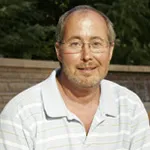 Tiny spheres of human cells mimic the brain researchers say
Tiny spheres of human cells mimic the brain researchers say
Bio-X Affiliated Faculty Sergiu Pasca and Ben Barres
The human brain is a highly organized, three-dimensional mass of cells responsible for our every move, thought and emotion. Snugly housed in the bony confines of the skull, it’s also relatively inaccessible, making it difficult to study. Now, researchers at the Stanford University School of Medicine have devised a way to generate spherical, free-floating balls of human brain cells that mimic the architecture of the cerebral cortex, the outer layer of brain tissue responsible for how we experience and perceive the world around us and how we interact with others. The spheres contain functional neurons, working synapses and even critical support cells called astrocytes that maintain neural function. They also express genes in patterns similar to a human fetal brain midway through pregnancy. The researchers hope that tracking the development of the cortex-like spheroids over time and observing the interactions of their cells may shed light on human brain development and the molecular causes of neuropsychiatric disorders such as autism and schizophrenia. “One of the major problems in understanding mental disorders is that we can’t directly access the human brain,” said Sergiu Pasca, MD, assistant professor of psychiatry and behavioral sciences. “These spheroids closely resemble the three-dimensional architecture of the cortex and have gene-expression patterns that mimic those in a developing fetal brain.”
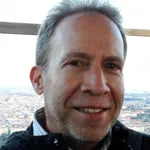 Researchers tie unexpected brain structures to creativity — and to stifling it
Researchers tie unexpected brain structures to creativity — and to stifling it
Bio-X Affiliated Faculty Allan Reiss
Investigators at Stanford University have found a surprising link between creative problem-solving and heightened activity in the cerebellum, a structure located in the back of the brain and more typically thought of as the body’s movement-coordination center. In designing the study, the researchers drew inspiration from the game Pictionary. The cerebellum, traditionally viewed as the brain’s practice-makes-perfect, movement-control center, hasn’t been previously recognized as critical to creativity. The new study, a collaboration between the School of Medicine and Stanford’s Hasso Plattner Institute of Design, commonly known as the d.school, is the first to find direct evidence that this brain region is involved in the creative process. “Our findings represent an advance in our knowledge of the brain-based physiology of creativity,” said the study’s senior author, Allan Reiss, MD, professor of radiology and of psychiatry and behavioral sciences. The study, to be published May 28 in Scientific Reports, also suggests that shifting the brain’s higher-level, executive-control centers into higher gear impairs, rather than enhances, creativity. “We found that activation of the brain’s executive-control centers — the parts of the brain that enable you to plan, organize and manage your activities — is negatively associated with creative task performance,” said Reiss, who holds the Howard C. Robbins Professorship in Psychiatry and the Behavioral Sciences.
 Stanford study on brain waves shows how different teaching methods affect reading development
Stanford study on brain waves shows how different teaching methods affect reading development
Education Faculty Bruce McCandliss
Beginning readers who focus on letter-sound relationships, or phonics, instead of trying to learn whole words, increase activity in the area of their brains best wired for reading, according to new Stanford research investigating how the brain responds to different types of reading instruction. In other words, to develop reading skills, teaching students to sound out "C-A-T" sparks more optimal brain circuitry than instructing them to memorize the word "cat." And, the study found, these teaching-induced differences show up even on future encounters with the word. The study, co-authored by Stanford Professor Bruce McCandliss of the Graduate School of Education and the Stanford Neuroscience Institute, provides some of the first evidence that a specific teaching strategy for reading has direct neural impact. The research could eventually lead to better-designed interventions to help struggling readers. "This research is exciting because it takes cognitive neuroscience and connects it to questions that have deep meaning and history in educational research," said McCandliss, who wrote the study with Yuliya Yoncheva, a researcher at New York University, and Jessica Wise, a graduate student at the University of Texas at Austin.
 New 'designer carbon' from Stanford boosts battery performance
New 'designer carbon' from Stanford boosts battery performance
Bio-X Affiliated Faculty Zhenan Bao
Stanford University scientists have created a new carbon material that significantly boosts the performance of energy-storage technologies. Their results are featured on the cover of the journal ACS Central Science. "We have developed a 'designer carbon' that is both versatile and controllable," said Zhenan Bao, the senior author of the study and a professor of chemical engineering at Stanford. "Our study shows that this material has exceptional energy-storage capacity, enabling unprecedented performance in lithium-sulfur batteries and supercapacitors." According to Bao, the new designer carbon represents a dramatic improvement over conventional activated carbon, an inexpensive material widely used in products ranging from water filters and air deodorizers to energy-storage devices.
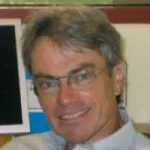 Wild chimps teach scientists about gene that encodes HIV-fighting protein
Wild chimps teach scientists about gene that encodes HIV-fighting protein
Bio-X Affiliated Faculty Peter Parham
A gene variant in chimpanzees in a Tanzanian wildlife preserve probably protects them from rapidly succumbing to the primate equivalent of HIV, Stanford University School of Medicine scientists have discovered. A gene variant is a naturally occurring difference in the DNA sequence of a gene. Part of the chimp variant strongly resembles that of an analogous human variant known to slow the human immunodeficiency virus’ progression to AIDS. The wild chimps inhabit Gombe Stream National Park, a 13.5-square-mile preserve where they have been continuously observed from afar since famed primatologist Jane Goodall, PhD, began monitoring them more than 50 years ago. The gene in question is subject to evolutionary pressures that normally cause it to change rapidly over evolutionary time, resulting in many variants with diverse sequences. So the striking similarity of a section of the chimp and a section of the human variant implies two things, said Peter Parham, PhD, professor of structural biology and of microbiology and immunology. First, hominids have been fighting off HIV-like viruses at least since the two related species diverged some 5 million years ago. Second, because that particular section of the gene variant hasn’t changed much since then, it probably plays an important role in increased survival among those inheriting it. “Only a part of the chimp gene variant’s sequence looks a lot like the human one. That immediately tells us this is the important part of the gene,” said Parham, the senior author of a study describing the findings, published online May 28 in PLOS Biology. Unlocking this sequence’s significance could yield not only biological insights but also pharmaceutical or, someday, perhaps even gene-therapy applications that enhance HIV-infected people’s ability to avoid disease progression to AIDS, he said.
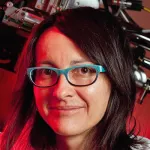 Stanford breakthrough heralds super-efficient light-based computers
Stanford breakthrough heralds super-efficient light-based computers
Bio-X Affiliated Faculty Jelena Vuckovic
Stanford electrical engineer Jelena Vuckovic wants to make computers faster and more efficient by reinventing how they send data back and forth between chips, where the work is done. In computers today, data is pushed through wires as a stream of electrons. That takes a lot of power, which helps explain why laptops get so warm. "Several years ago, my colleague David Miller carefully analyzed power consumption in computers, and the results were striking," said Vuckovic, referring to electrical engineering Professor David Miller. "Up to 80 percent of the microprocessor power is consumed by sending data over the wires – so-called interconnects." In a Nature Photonics article whose lead author is Stanford graduate student Alexander Piggott, Vuckovic, a professor of electrical engineering, and her team explain a process that could revolutionize computing by making it practical to use light instead of electricity to carry data inside computers.
Events
| Bio-X June 4, 2015, 12 pm - 1:05 pm Clark Center S360, Stanford, CA Bio-X Frontiers in Interdisciplinary Biosciences Seminar: "Membrane Transporters Beyond Crystal Structures: Dynamics and Thermodynamics of Glutamate Transporters" Speaker: Olga Boudker, Cornell |
Biochemistry June 17, 2015, 4 pm - 5 pm Clark Center Auditorium, Stanford, CA Frontiers in Biology: How do proteins evolve? Speaker: Daniel Tawfik, Weizmann Institute |
Resources
| Stanford University |
| Stanford Bio-X |
| Bio-X Seed Grants The Stanford Bio-X Interdisciplinary Initiatives Program (IIP) provides seed funding for high-risk, high-reward, collaborative projects across the university, and have been highly successful in fostering transformative research. |
| Office of Technology and Licensing "Techfinder" Search the OTL Technology Portal to find technologies available for licensing from Stanford. |
| Stanford Center for Professional Development - Take advantage of your FREE membership! - Take online graduate courses in engineering, leadership and management, bioscience, and more. - Register for free webinars and seminars, and gets discounts on courses. |
| Stanford Biodesign Video Tutorials on how FDA approves medical devices A series of video briefs recently produced by the Stanford Biodesign Program teaches innovators how to get a medical device approved for use in the United States. This free, online library of 60 videos provides detailed information on the Food and Drug Administration regulatory process, short case studies and advice on interacting with the FDA. |
To learn more about Stanford Bio-X or Stanford University, please contact Dr. Hanwei Li, the Bio-X Corporate Forum Liaison, at 650-725-1523 or lhanwei1@stanford.edu, or Dr. Heideh Fattaey, the Executive Director of Bio-X Operations and Programs, at 650-799-1608 or hfattaey@stanford.edu.
